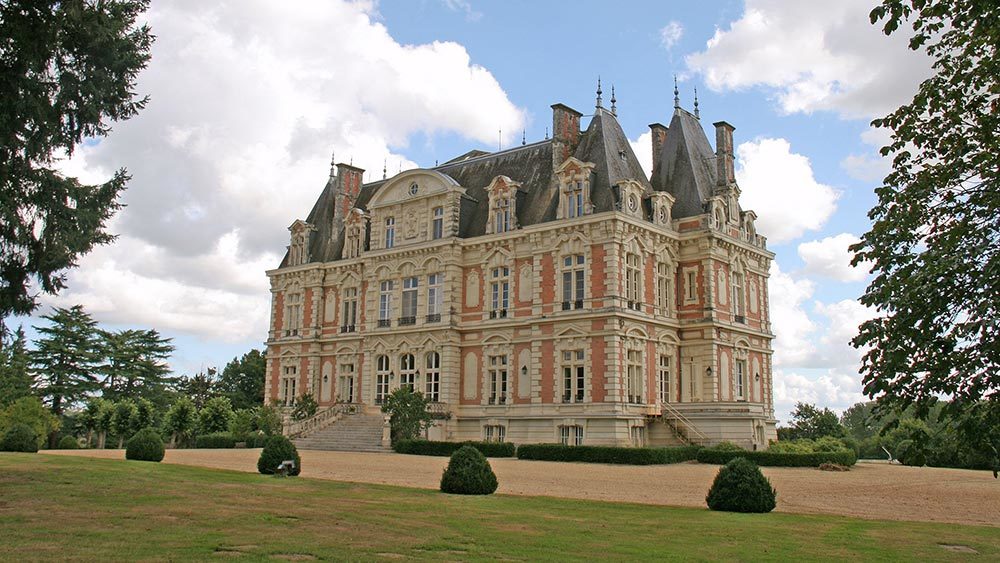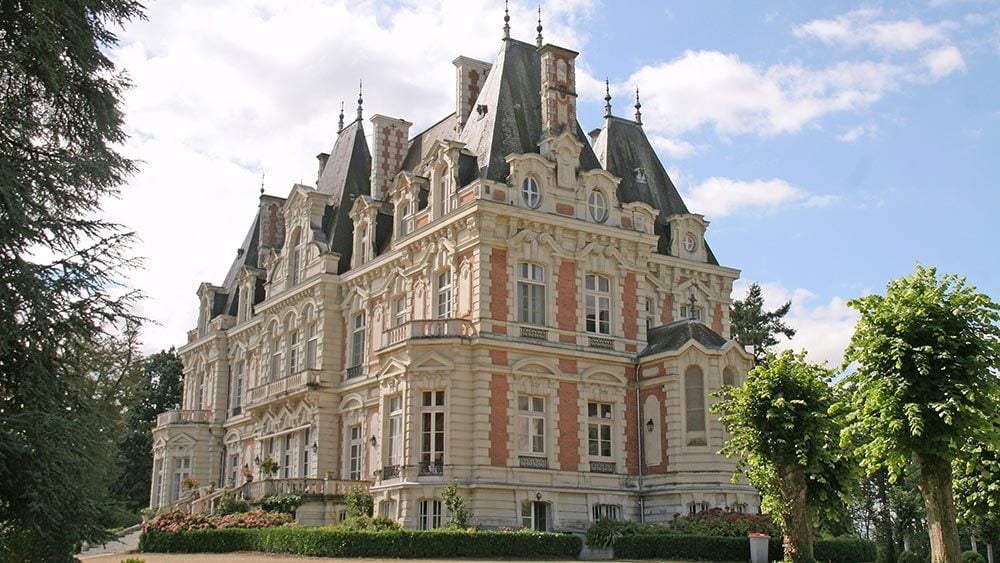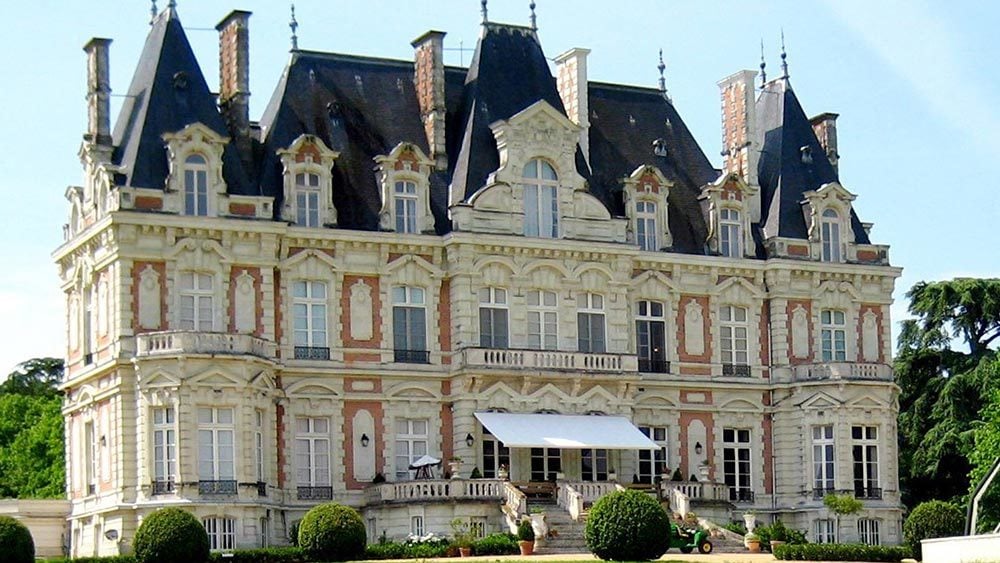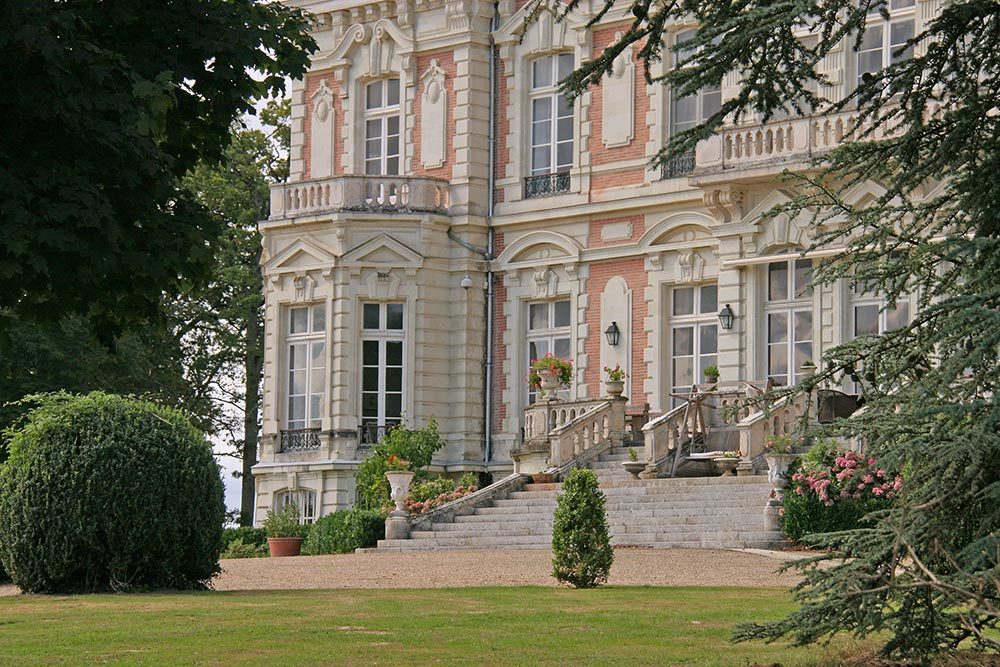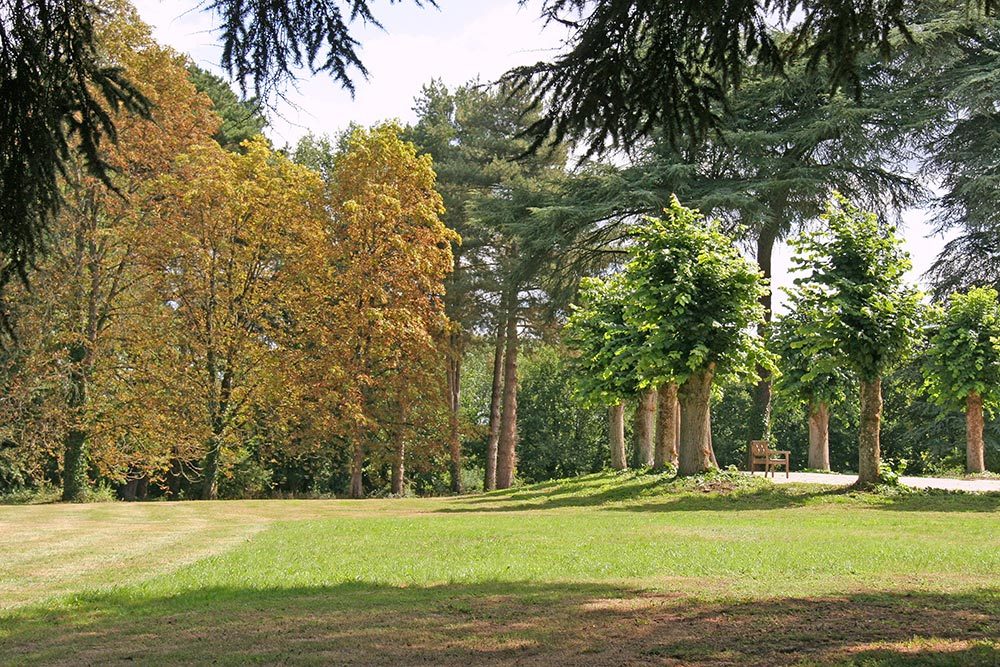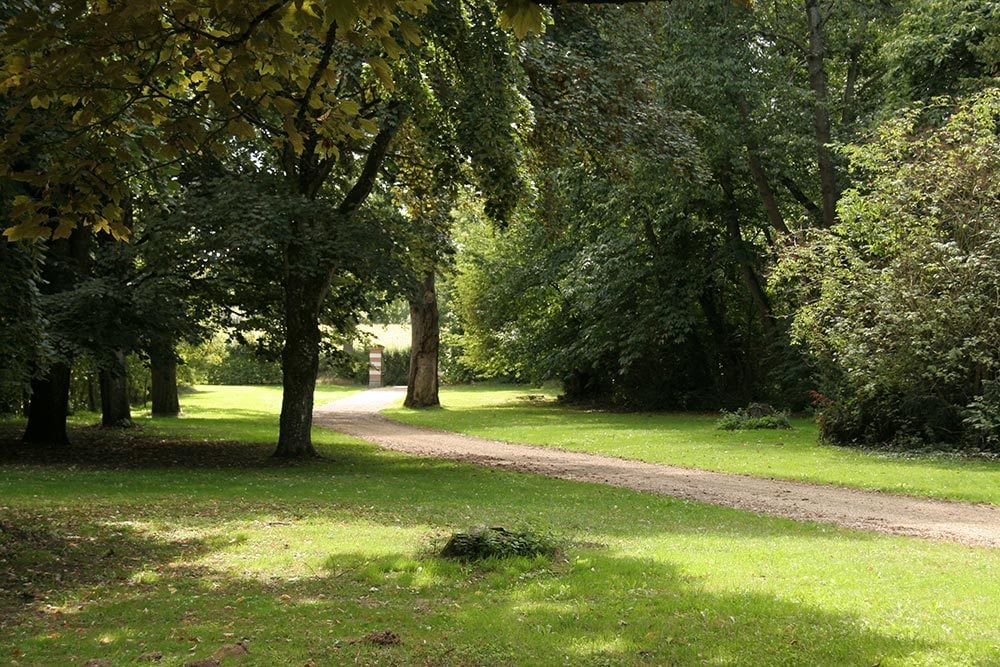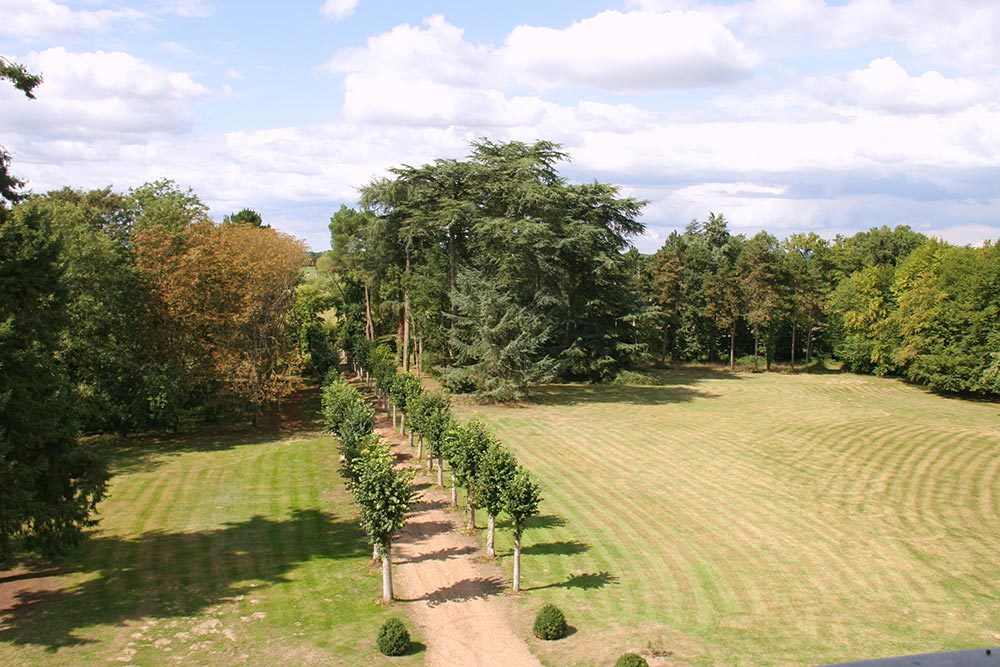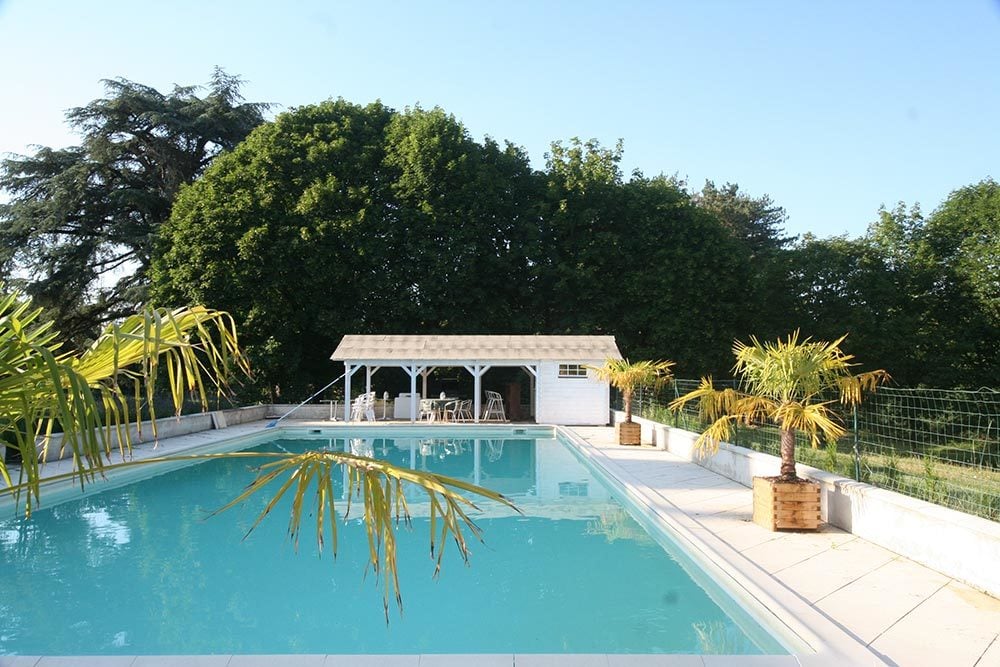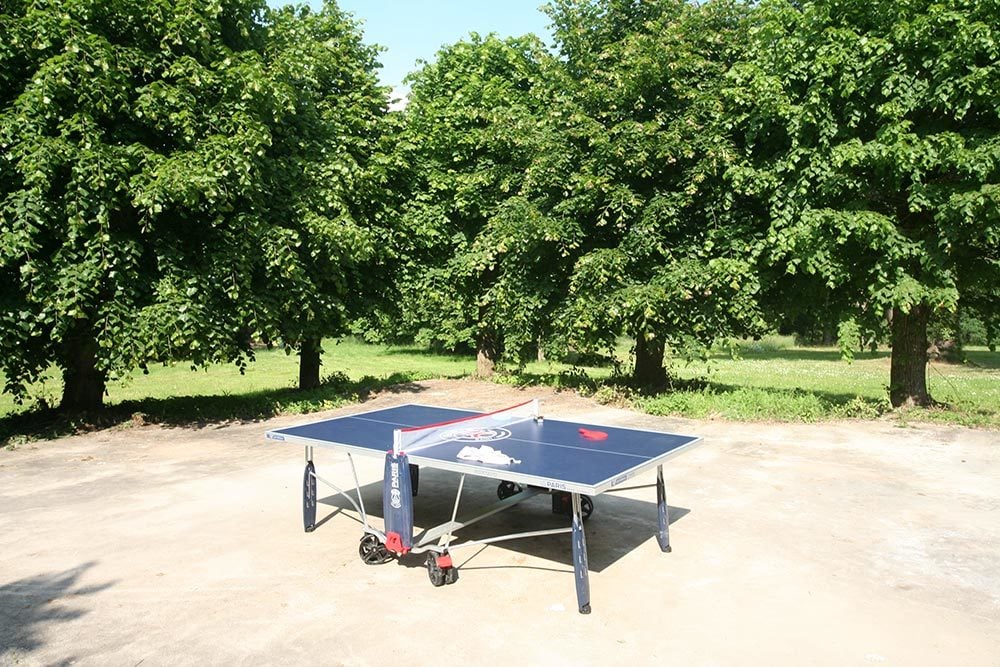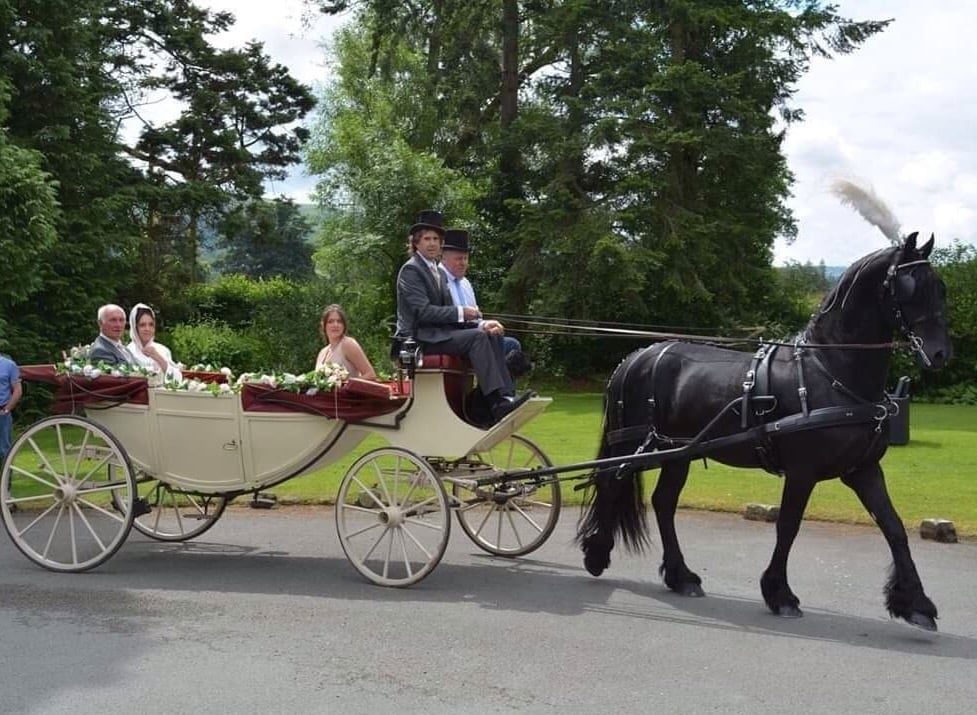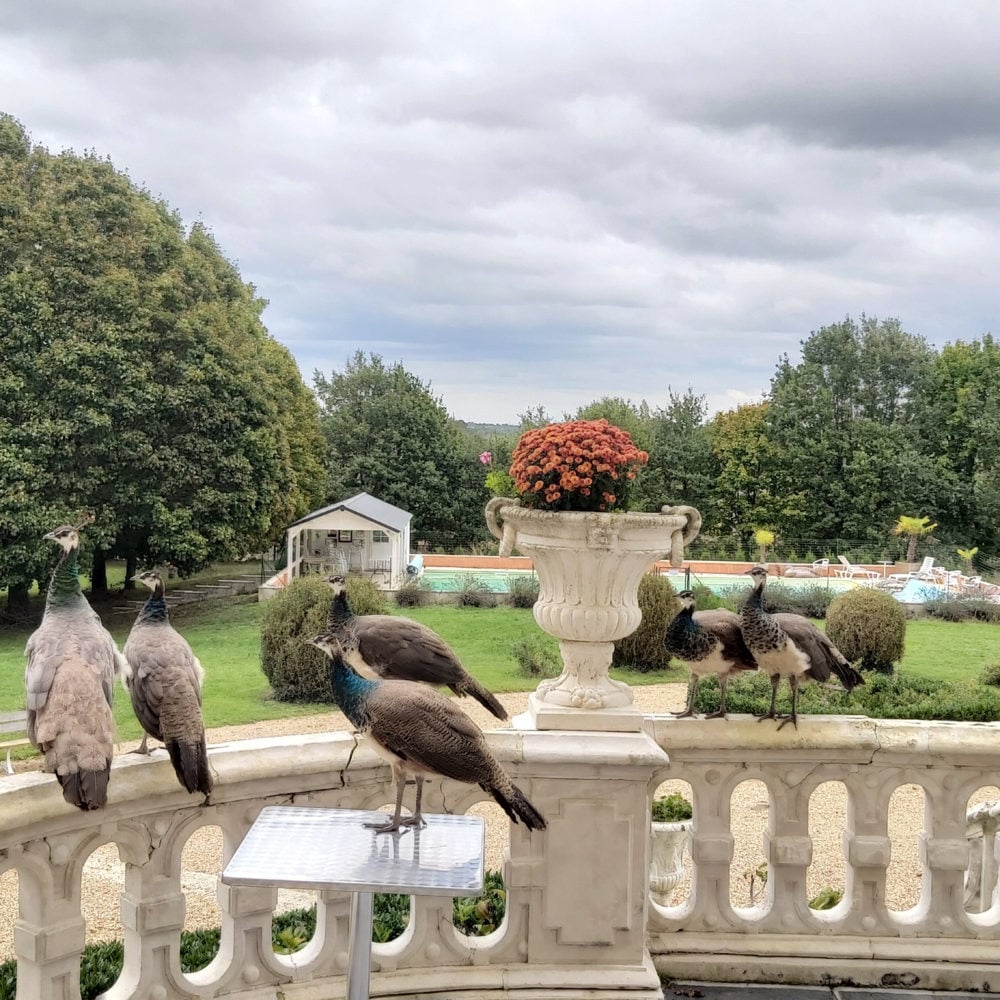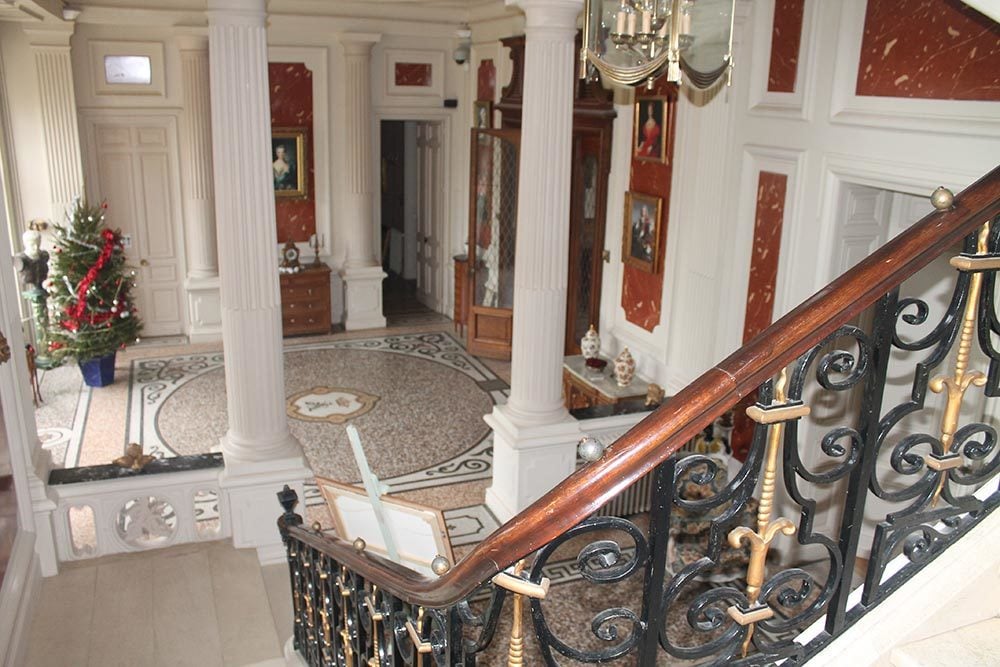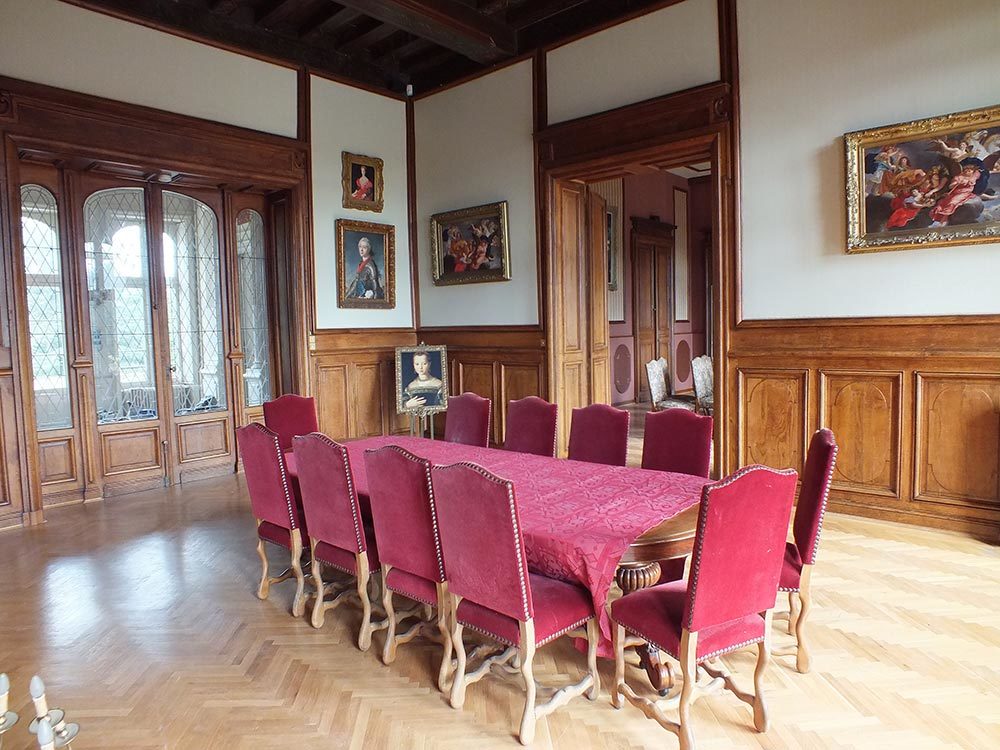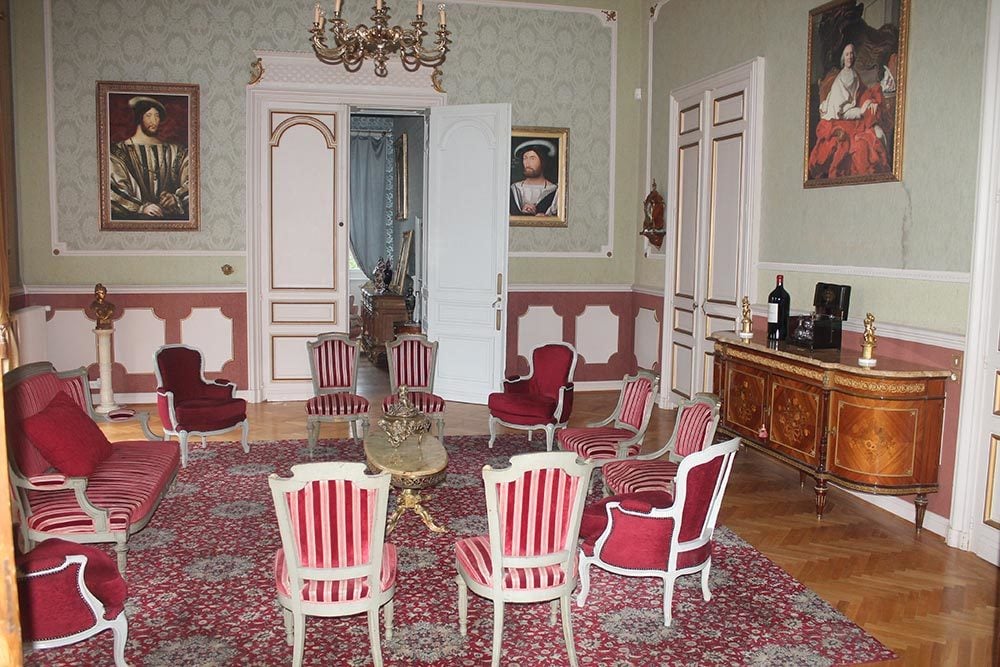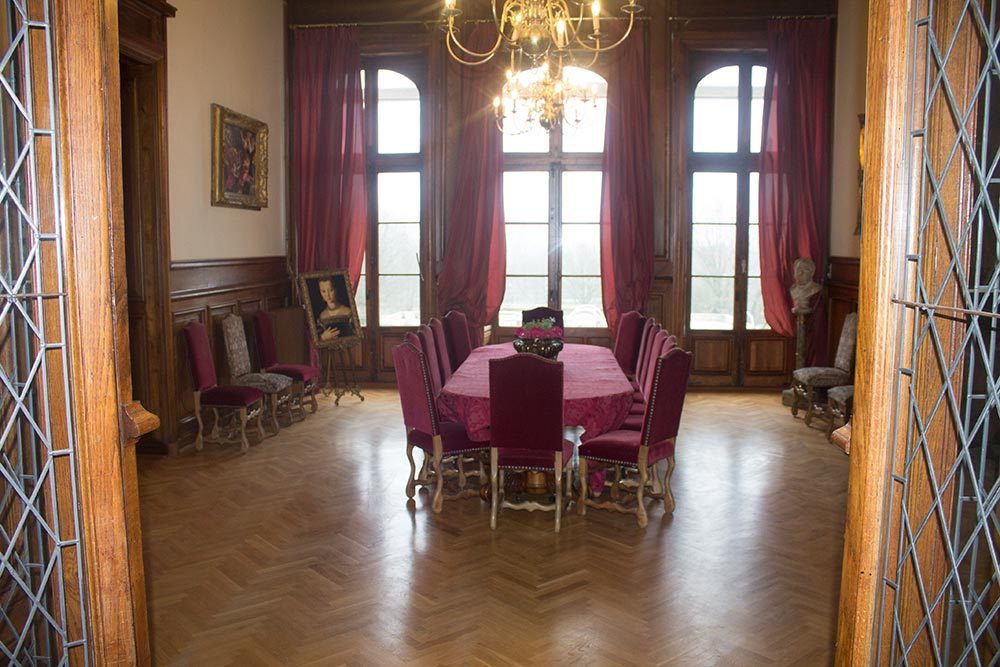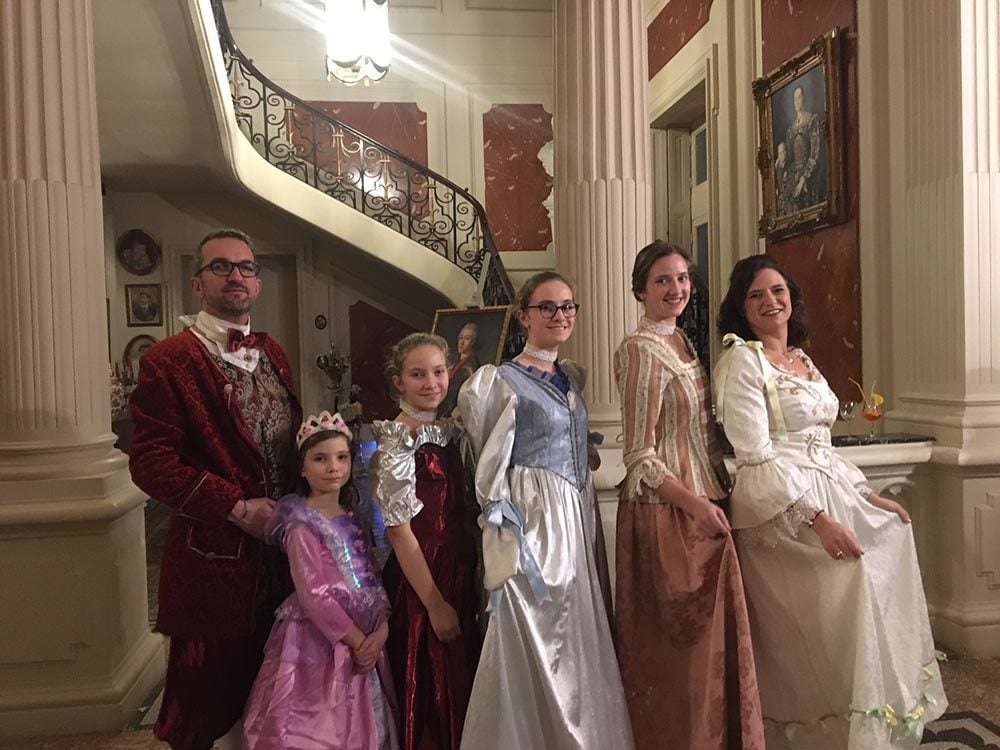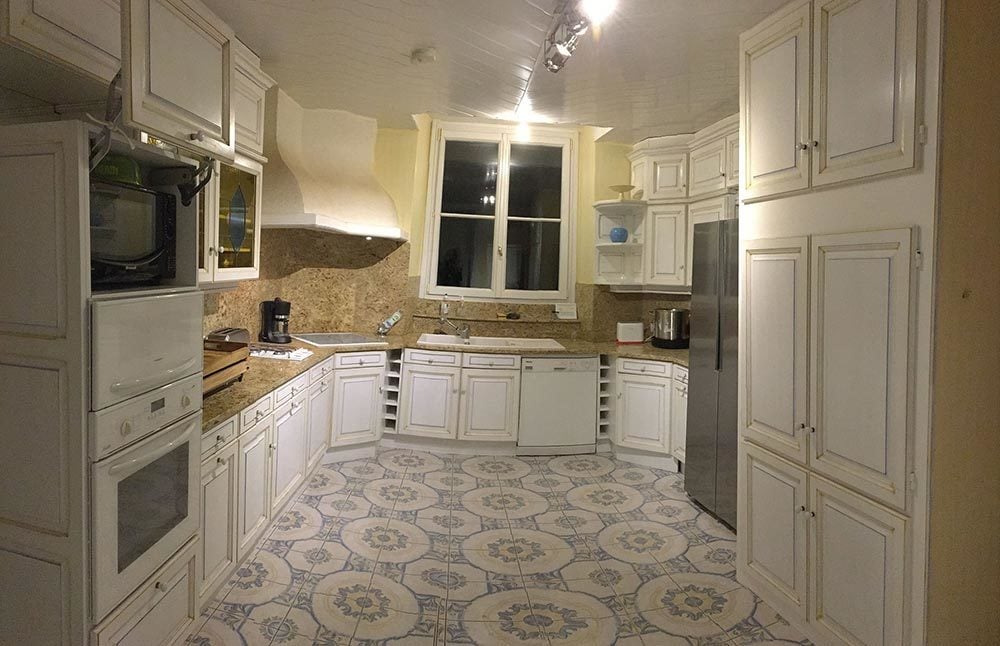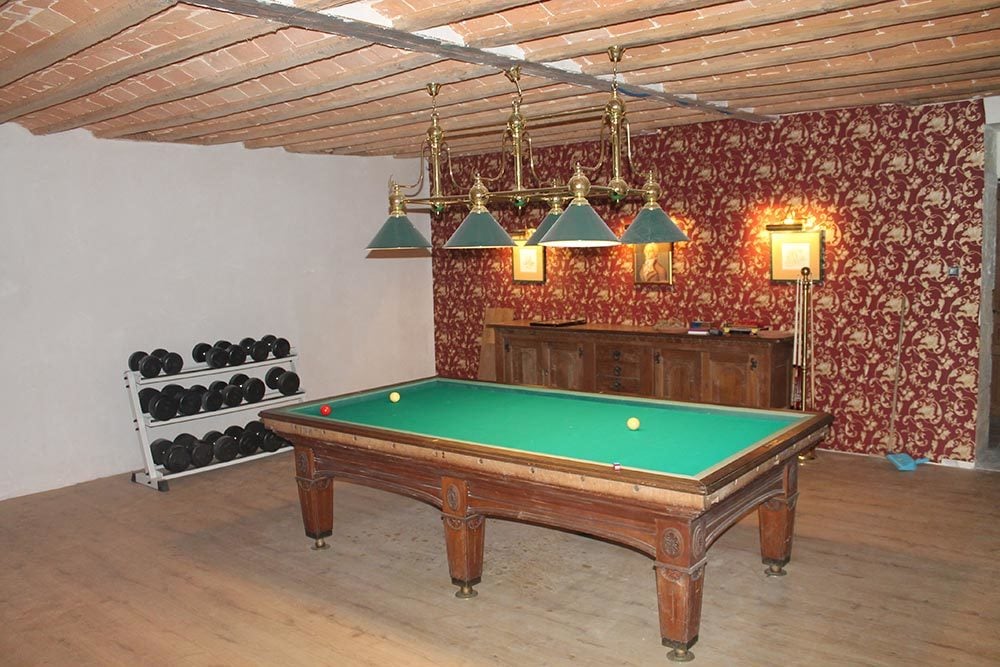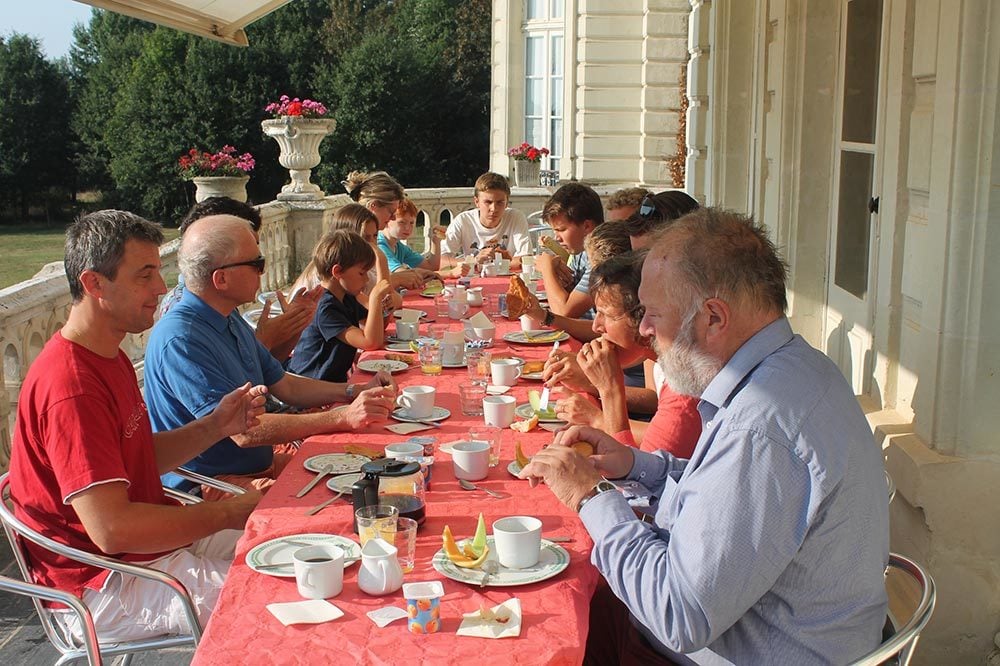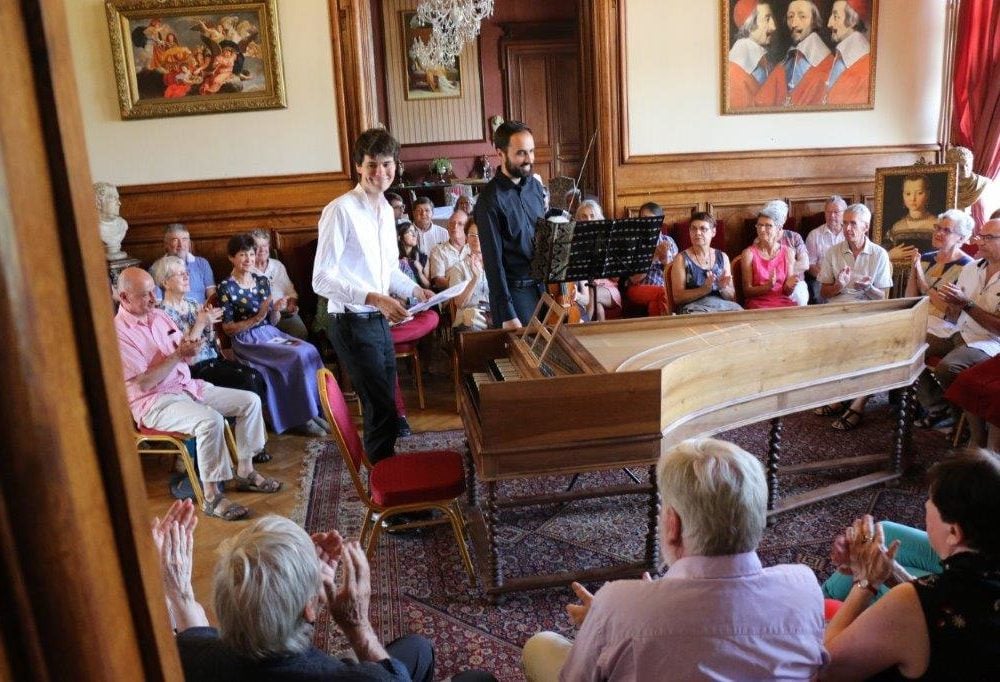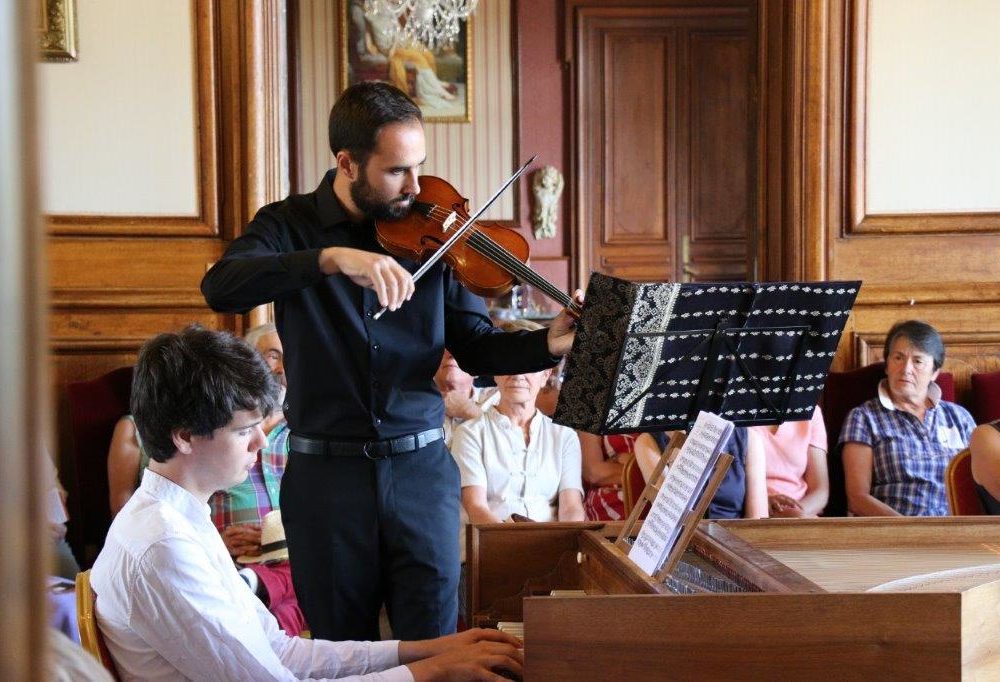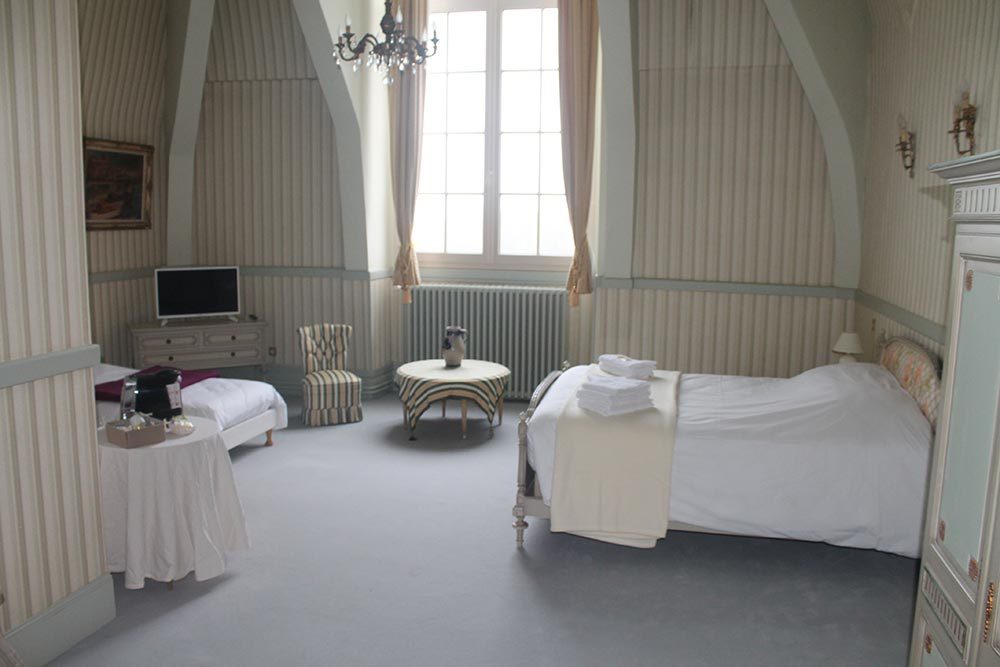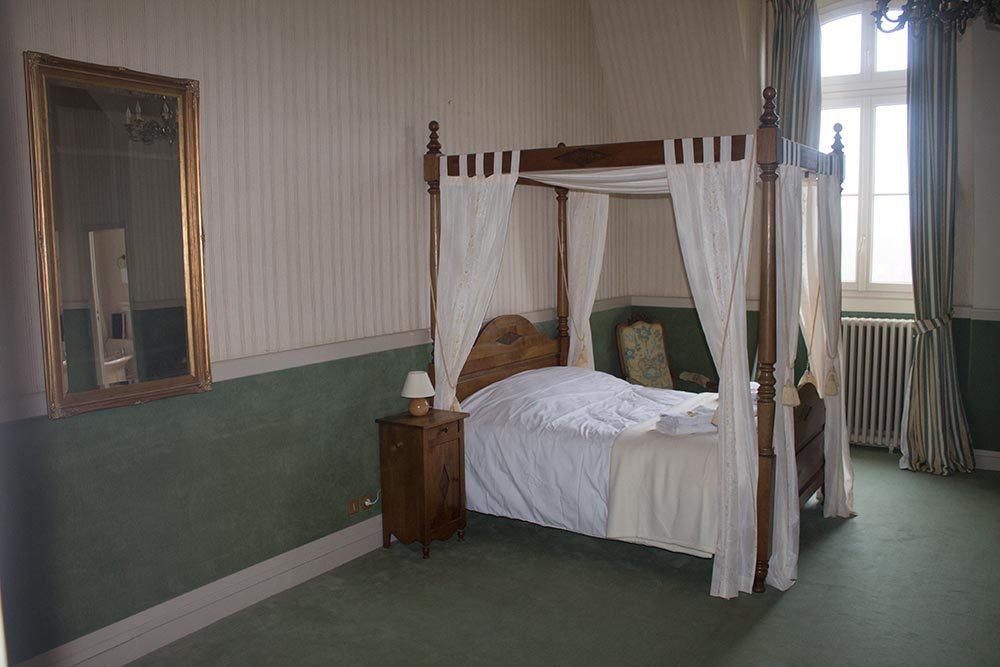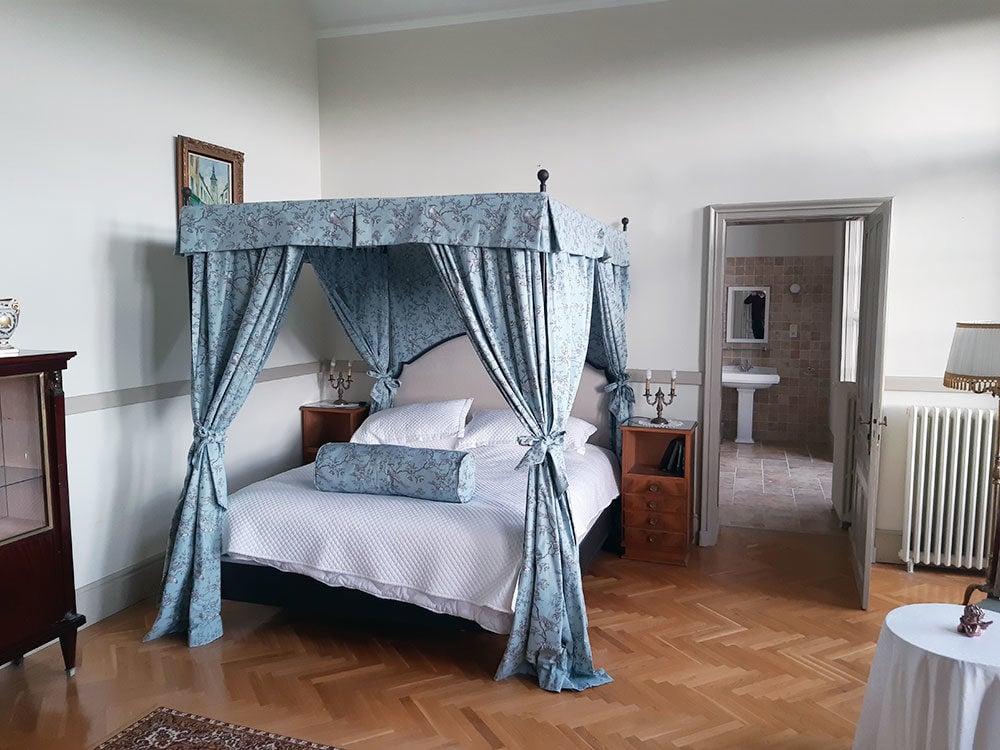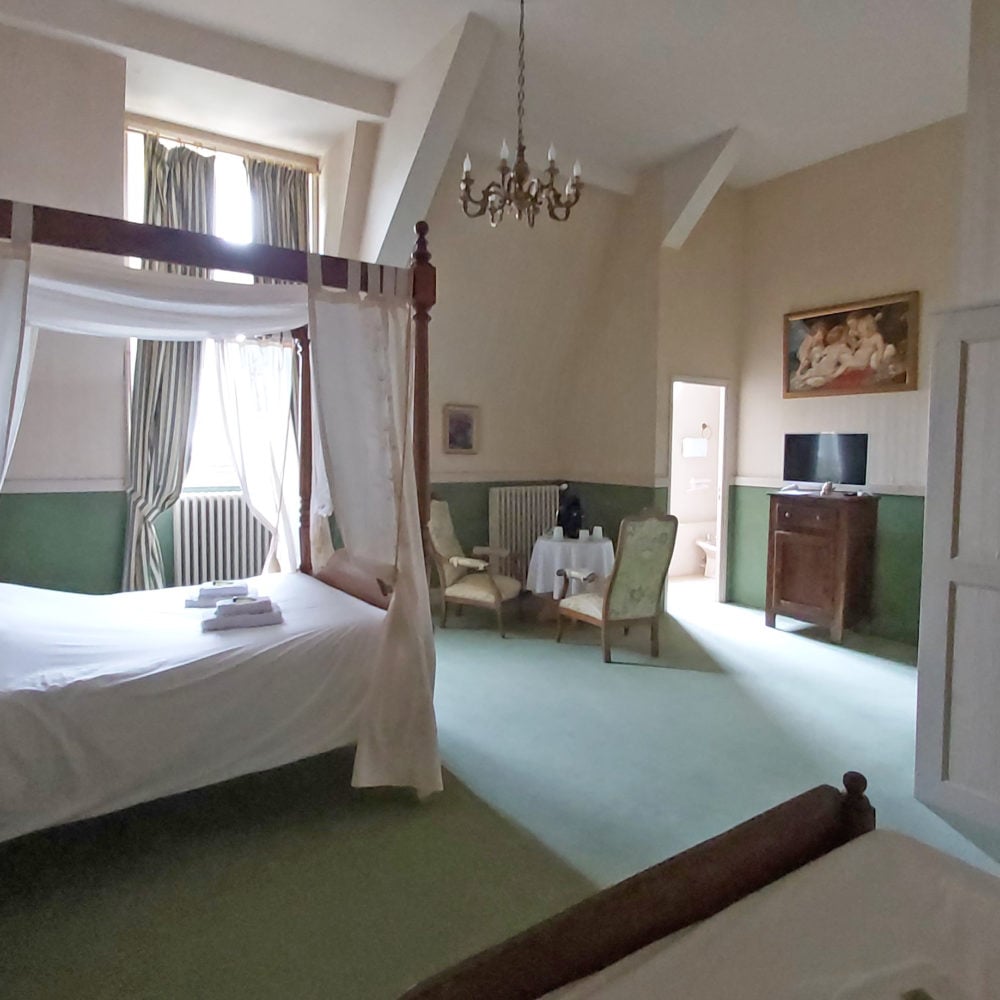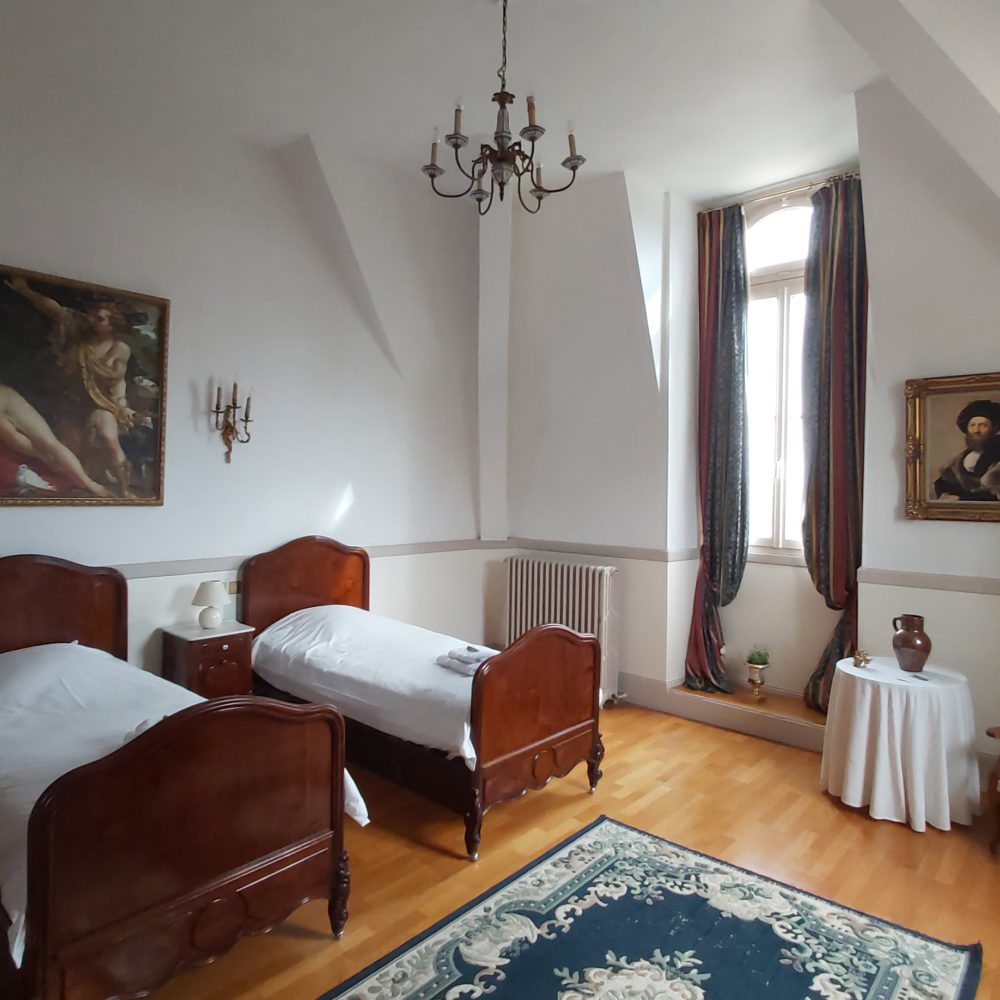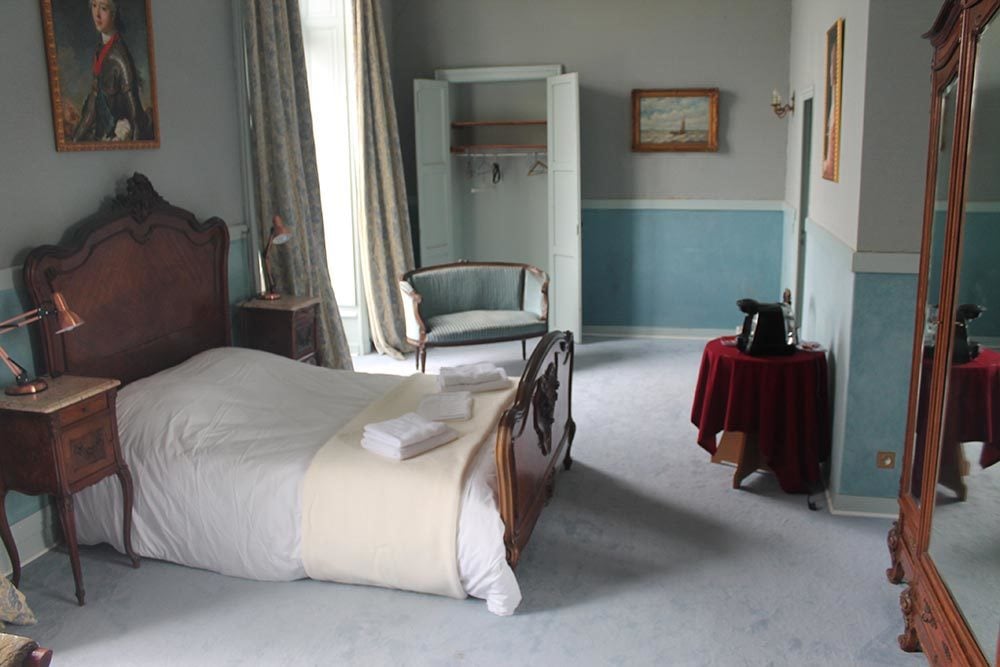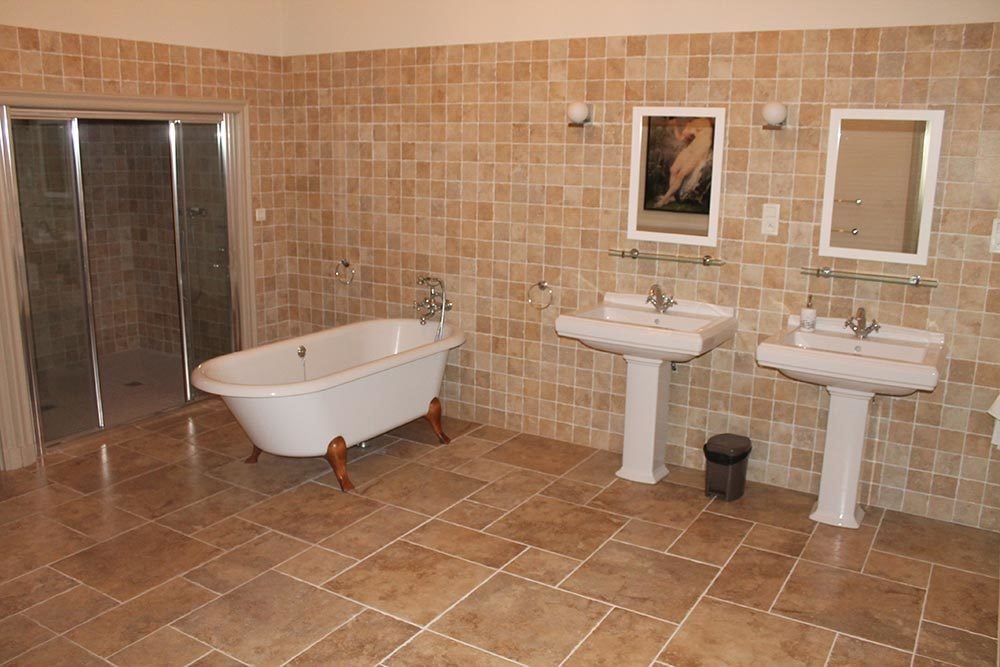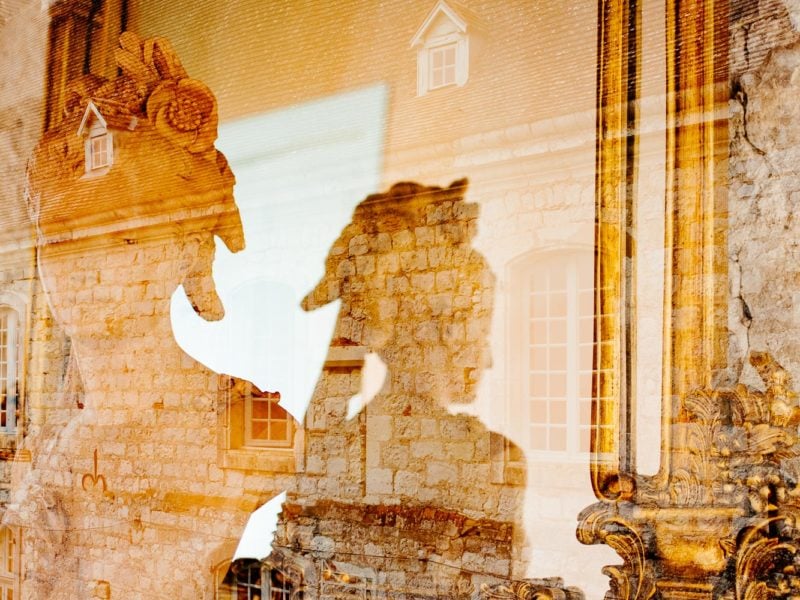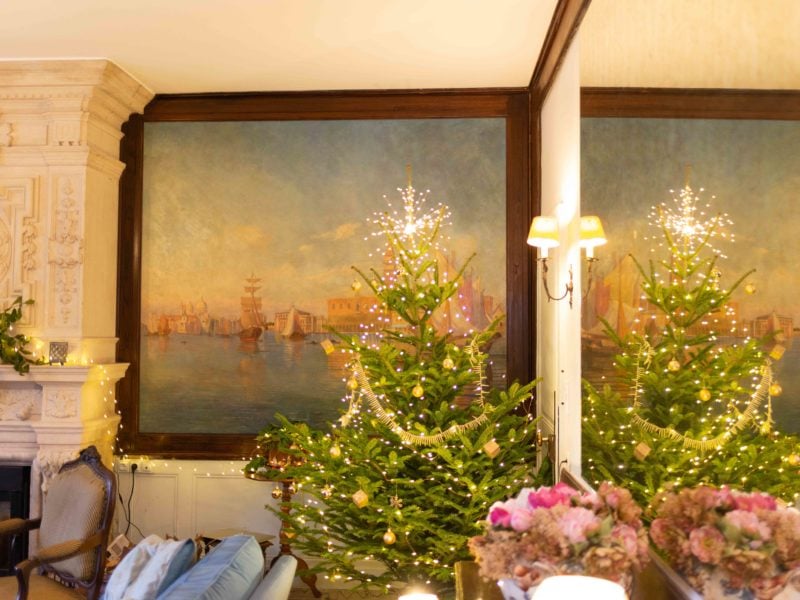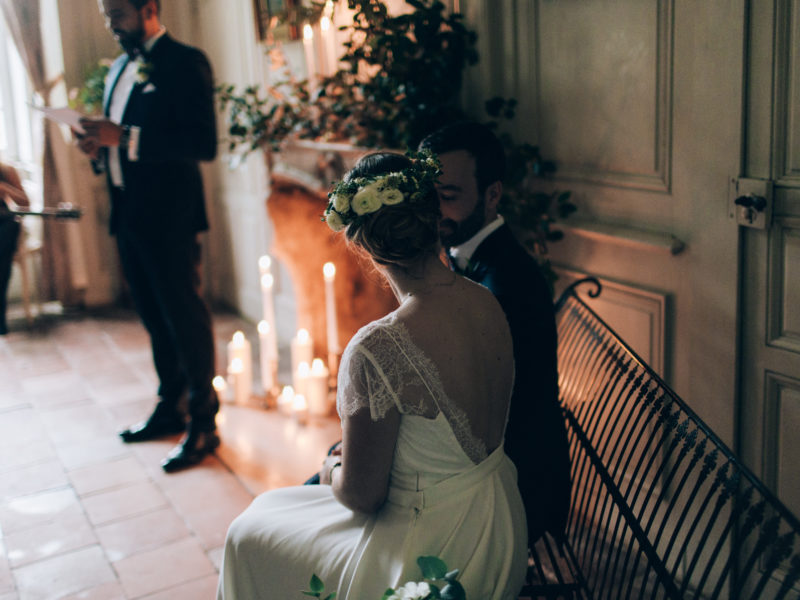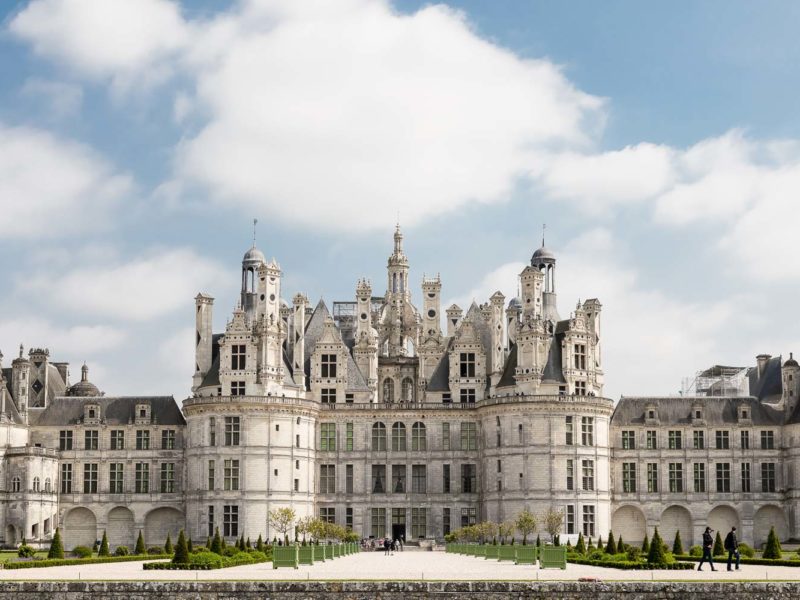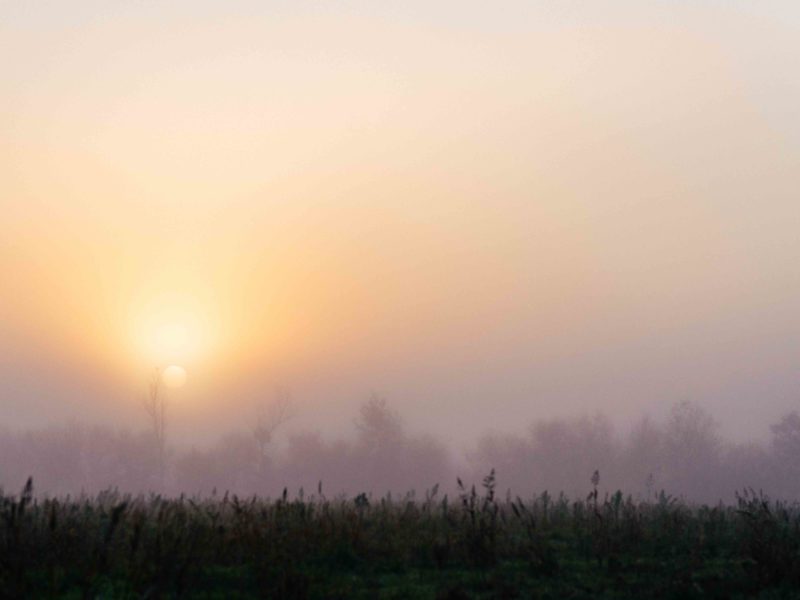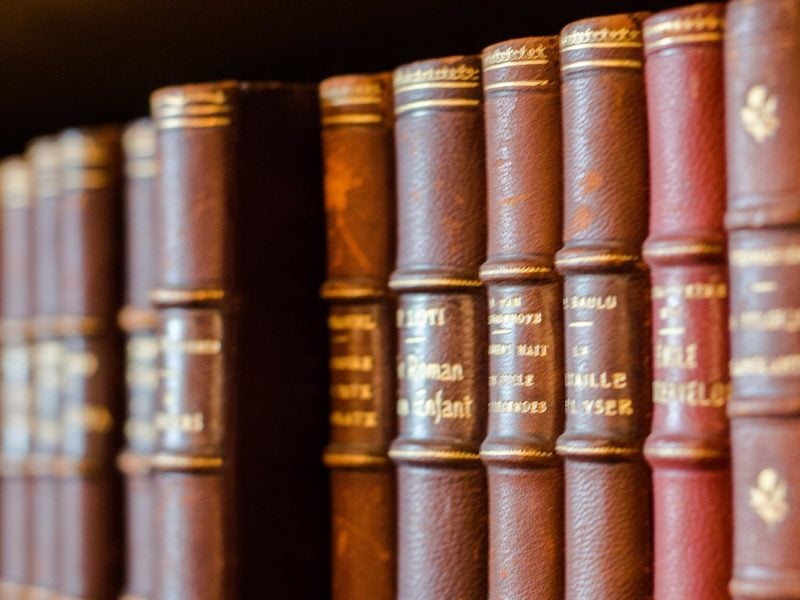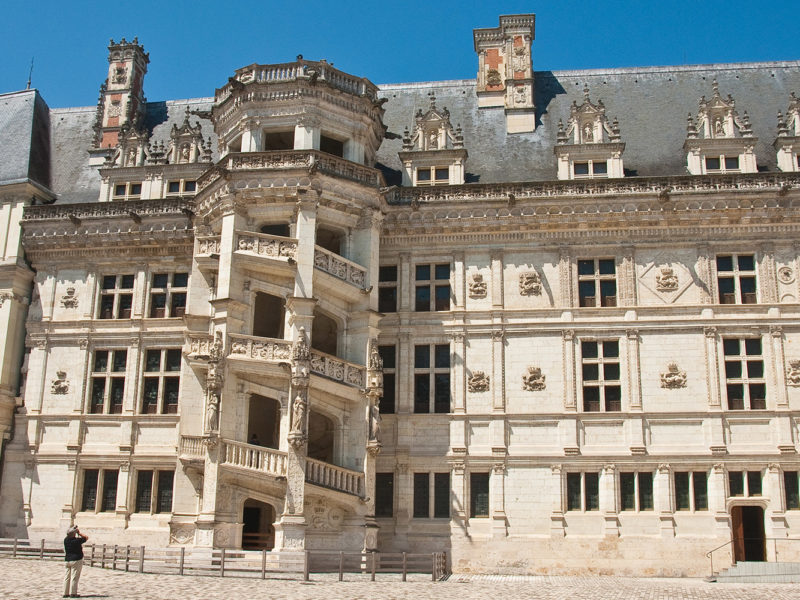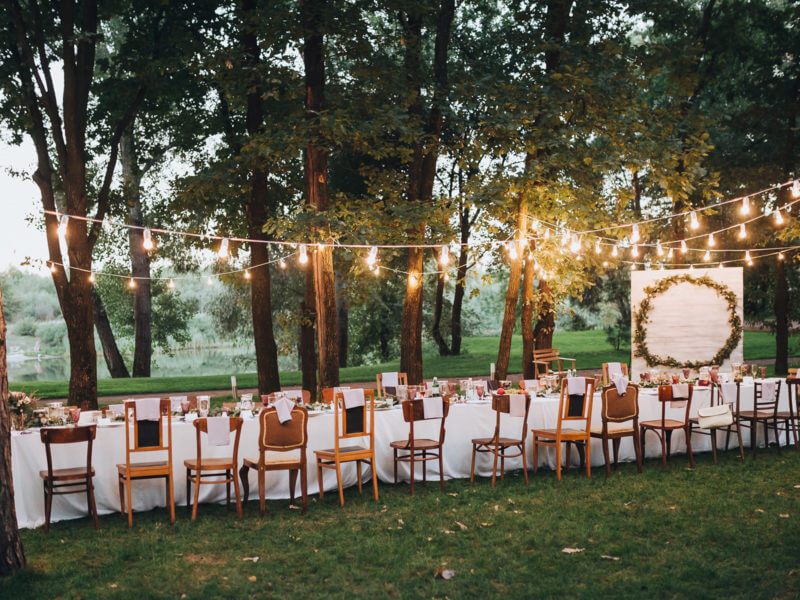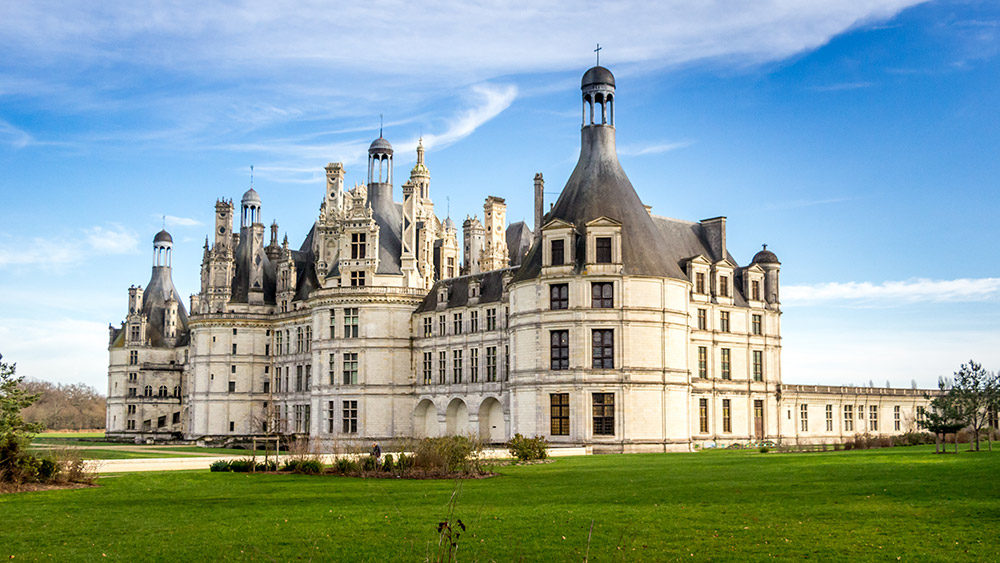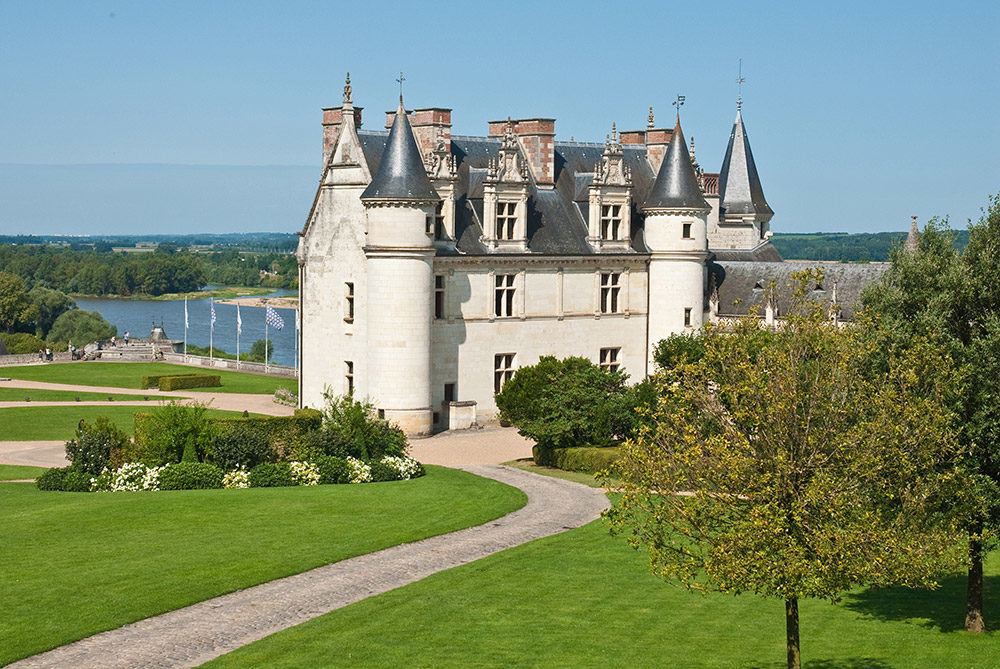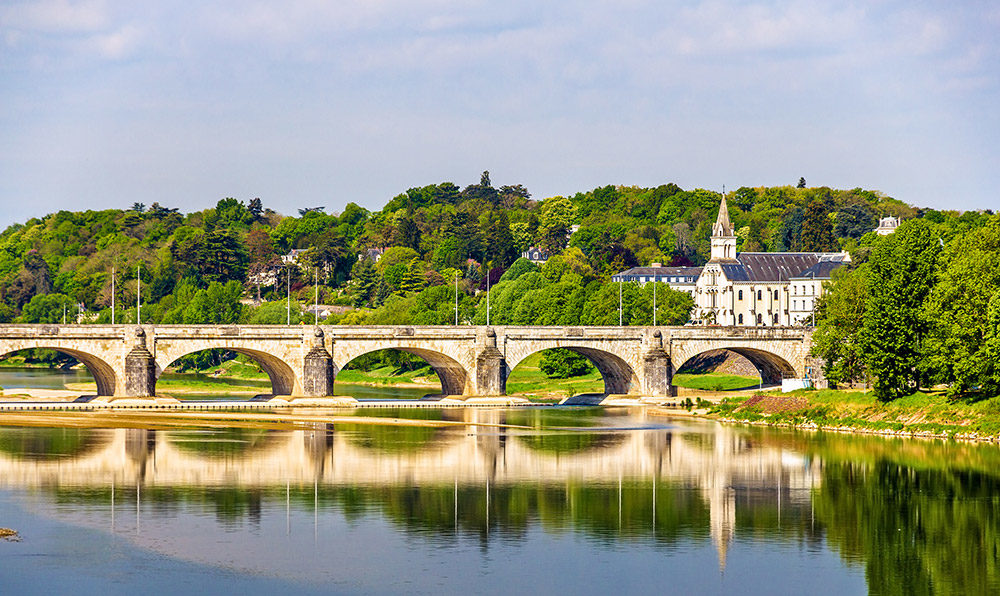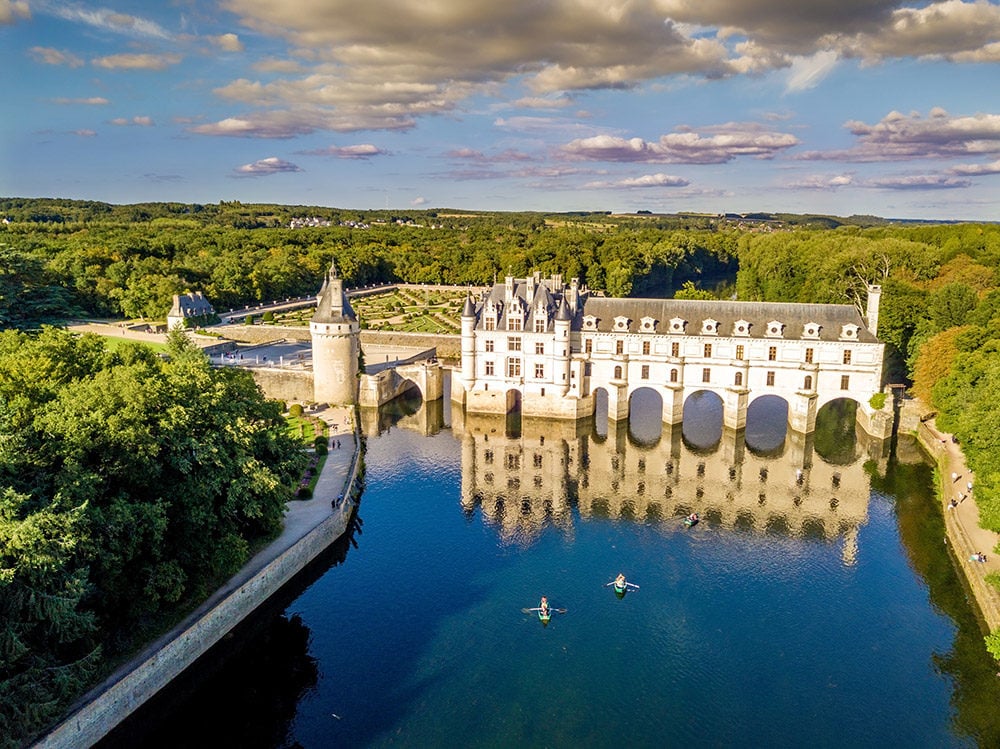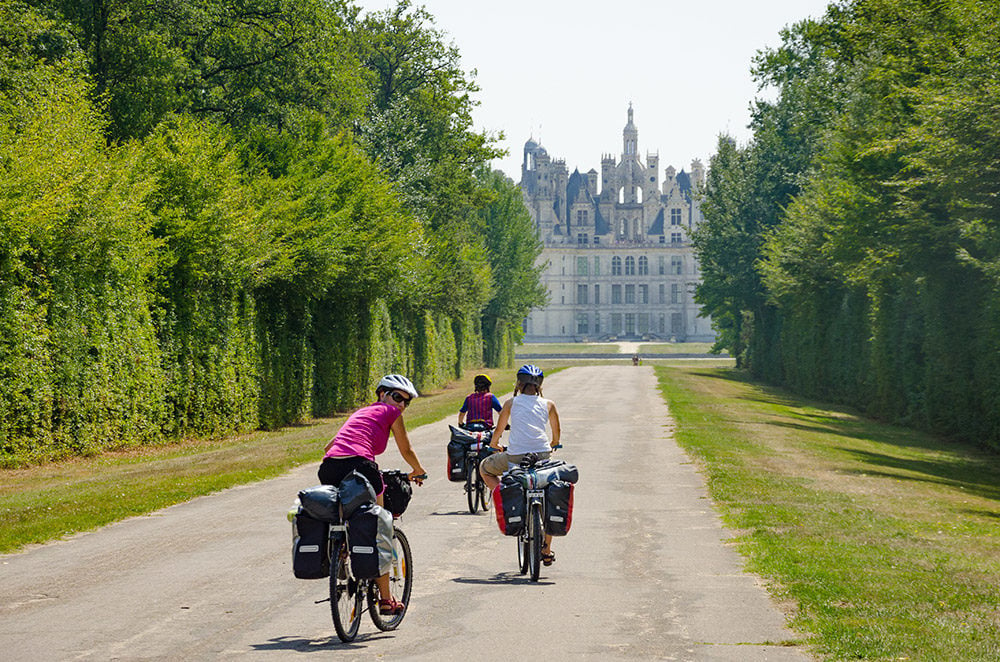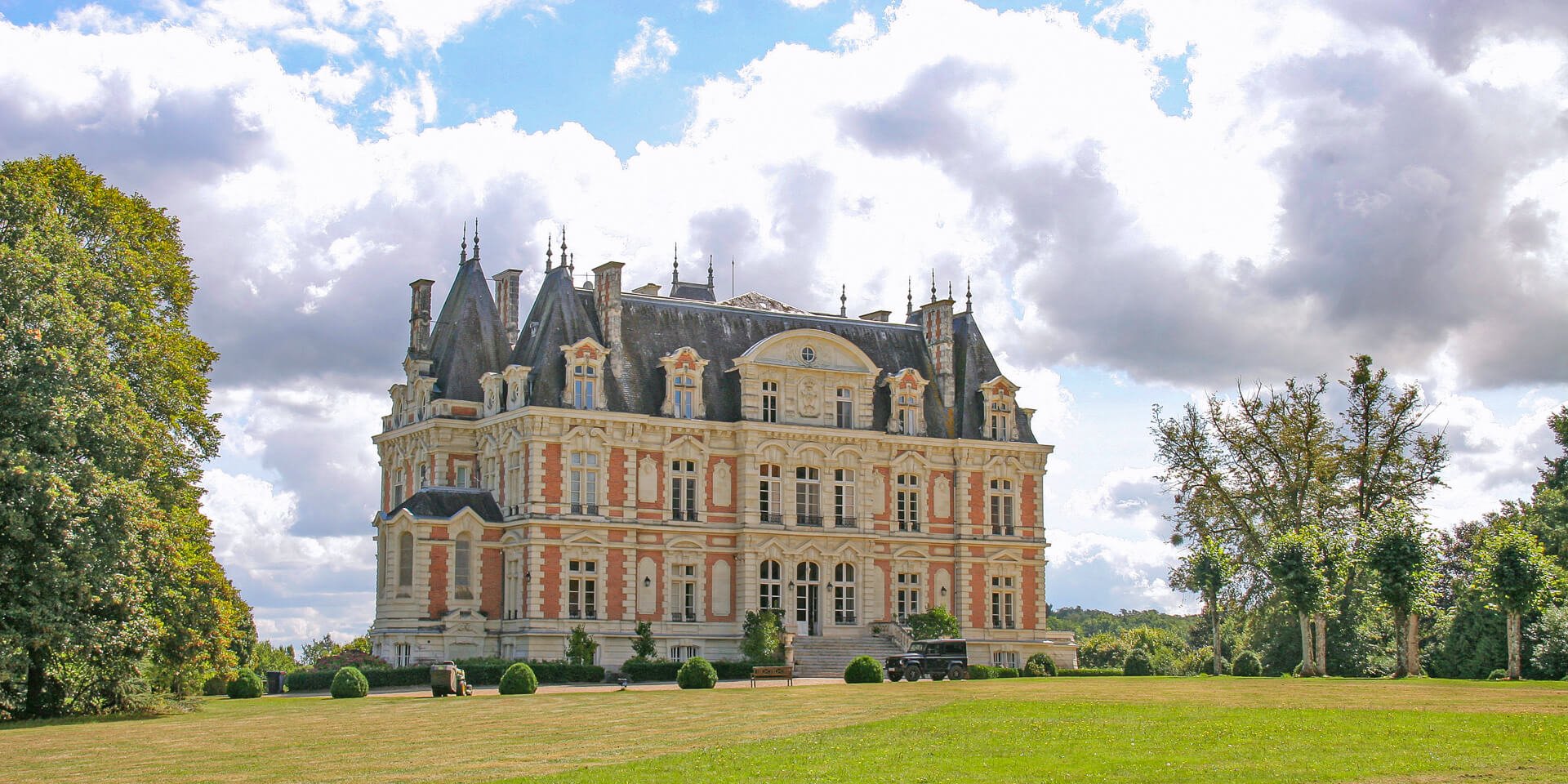
Rent
Château de La Douve d’Armaillé
Our Rates
The property is always rented in its entirety to a single group. You have the park (14 hectares) with a swimming pool and the castle to accommodate 42 people.
The price of the rental includes the park, the rooms to accommodate 42 people and the lounges of the castle. Heating, water, electricity, maintenance of the garden, the pool, and cleaning at the end of the stay are included in the price. Bed linen and towels are provided, but not the pool towels. Beds are made upon arrival. Only the tourist taxremains to be paid upon arrival. The tables and chairs for the reception are at disposal
Security deposit requested : 3000 euros.
| Season | Stay | With reception | Without reception |
|---|---|---|---|
| Low season | |||
| November to April (except Christmas and New Year) | WE 3 days 2 nights | 7200 € | 6600 € |
| Week 7 days /7 nights | 12000 € | 9000 € | |
| Mid season | |||
| May/June - September/October | WE 4 days 3 nights | 7800 € | 6800 € |
| Week 7 days /7 nights | 12000 € | 9000 € | |
| High season | |||
| July - August | WE 4 days 3 nights | 8400 € | 7200 € |
| Week 7 days /7 nights | 14000 € | 10000 € | |
History
The history of the Château de la Douve d’Armaillé began on the 2th July 1565 when René Cormier, Count of Fontenelle, decided to buy part of the manor house and farmhouse of the “Douve”. The castle is located on the lands of a former stronghold of the Roche d’Iré. He inherited from the Cormier family and eventually ended up in the Marquis d’Armaillé. After the revolution, in 1793 during the wars of Vendée, the Lords of the Moat, Monsieur and Madame d’Armaillé die. They leave five children including the General Rene Armaillé who was part of the army of Princes, that intended, and he thought so, to save the kingship. His youngest brother, Ambroise Louis Henri of Forest Armaillé becomes owner of the Douve. He marry on the 8th May 1866, Gabrielle de Buisseret-Steebecque of Blarenghien. Relatively penniless, it is thanks to this marriage and the fortune of his wife that he undertakes the construction of the current castle of “La Douve”. Henri d’Armaillé calls on the architect Auguste Bibard for the construction of the castle around 1871-1874. He will be adding a chapel around 1880.The castle of La Douve contains a treasure: Auguste-Medard de la Forest, knight of Armaillé had four boys and five girls. Two girls were arrested with their maid in a farm of “La Douve” which is called Mabouillère. During the rising of the Vendée, this maid had hidden a considerable sum and the silverware belonging to her masters. She was denounced to the Committee of Public Safety who had her arrested and locked up in Angers, in the former convent of Calvary, turned into a prison. Again, some tried in vain to snatch some information on the treasure. The little girl d’Armaillé was then taken from her at the age of three years old, to be entrusted to the jailer, to whom she died of hunger and sorrow. The maid was executed shortly after, the only words she consented to pronounce were these: “When my masters come back, you will tell them that the treasure is hidden in a place where we walk every day.”During the second world war, a summer camp of young Parisians stayed permanently at the castle, including many Jewish children who found refuge there. They were never reported, and a few months ago a survivor came back to greet the property that saved her life at the time. At the time, the Nazis occupied the castle of Falloux a few hundred meters away.
Château Lifestyle
Practical information
From Paris
Take the A6a Highway direction Nantes / Bordeaux, then take A10 then A11 direction Nantes. Take exit 11 Durtal / le lion-d’Angers
From Angers
Take the D775 direction Bois II
Adress : Château La Douve d’Armaillé, Route du Tremblay, 49520 Le Bourg d’Iré
Park : 14 ha with swimming-pool 9 x 17 meters
Château (18 bedrooms, 42 persons. Each bedroom has its own bathroom and toilets) :
Ground floor :
- Large hall,
- 3 adjoining reception rooms
- dining room.
Ground floor garden side :
- Billard room
- Room for the caterer
1st floor :
- Chambre Louise de Savoie : 1 double bed (Queen Size bed: 160cm x 190cm)
- Chambre Catherine de Médicis : 1 large single baldaquin bed (120cm x 190cm) + 2 bunk beds
- Chambre Anne d’Autriche : 1 double bed ( Queen Size Bed 160cm x 200cm ) + 3 bunk beds
- Chambre Gabrielle d’Estrées : 1 double bed ( Queen Size bed 160 x 200)
- Chambre Diane de Poitiers : 2 single beds ( 90cm x 200cm)
- Chambre Marie Walewska : 1 double bed (140cm x 200cm)
- Chambre Marquise de Pompadour : 1 double bed (140cm x 190cm)
- Chambre Comtesse du Barry : 1 double bed (140cm x 190cm)
2dn floor :
- Chambre Marquise de Montespan : 1 double bed (150cm x 190cm)
- Chambre Marie de Clèves : 1 Double bed (150cm x 190cm)
- Chambre Agnès Sorel : 1 baldaquin double bed (Queen size bed 160cm x 200cm)
- Chambre Joséphine de Beauharnais : 1 baldaquin double bed (Queen size bed 160cm x 200cm) + 2 bunk beds
- Chambre Eugénie de Montijo : 1 baldaquin double bed (Queen size bed 160cm x 200cm)
- Chambre Marie-Louise d’Autriche : 1 double bed (140cm x 190cm)
- Chambre Marguerite de France : 1 double bed (150 cm x 200cm)
- Chambre Marie Leszczynska : 1 baldaquin double bed (140cm x 190 cm) + 1 extra bed
- Chambre Anne de Bretagne : 2 single beds ( 90 cm x 200 cm)
- Chambre de la Marquise de Maintenon: 1 double bed (140cm x 190 cm)
Baby Equipment :
2 baby beds and 2 baby high chairs
Outdoor Equipment :
Ping-pong table
Barbecue
Kitchen Equipment :
Dish washer, 1 fridge, 1 freezer, 1 american fridge-freeze, 1 traditionnal oven, 1 micro-wave, 1 oven-grill, 1 oven air pulsed, 4 electrical fires, 2 gaz fires, 1 washing machine, 1 dryer






